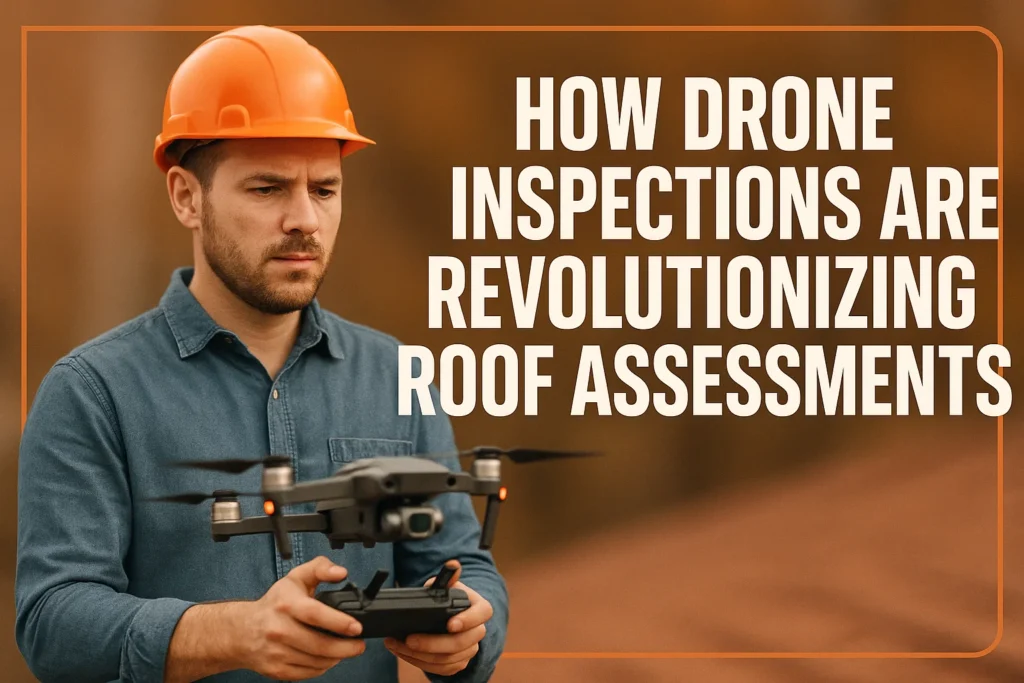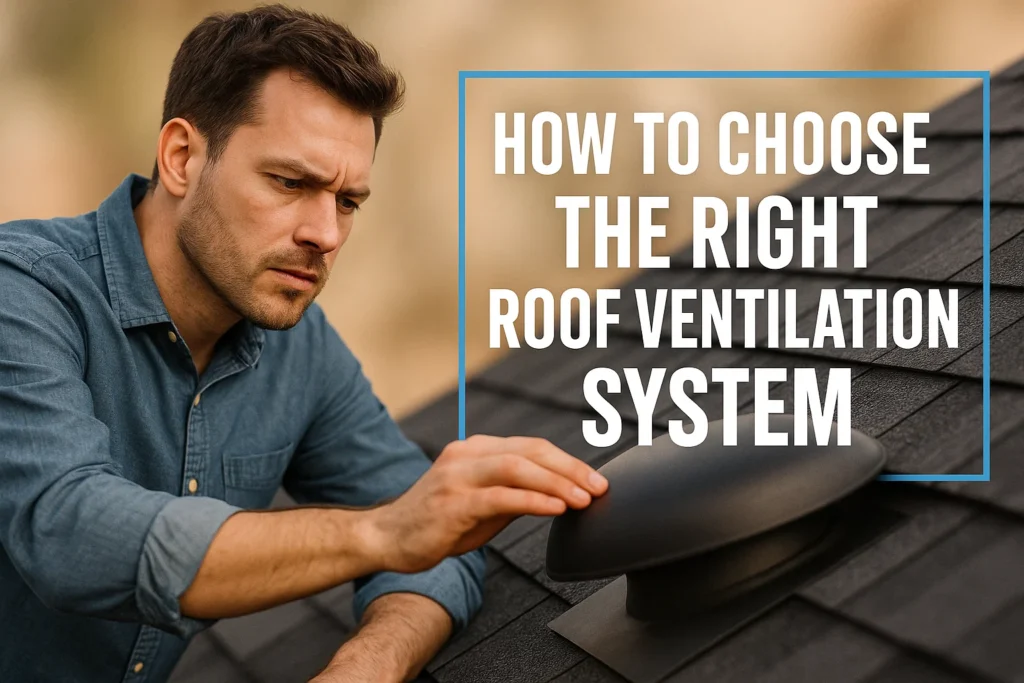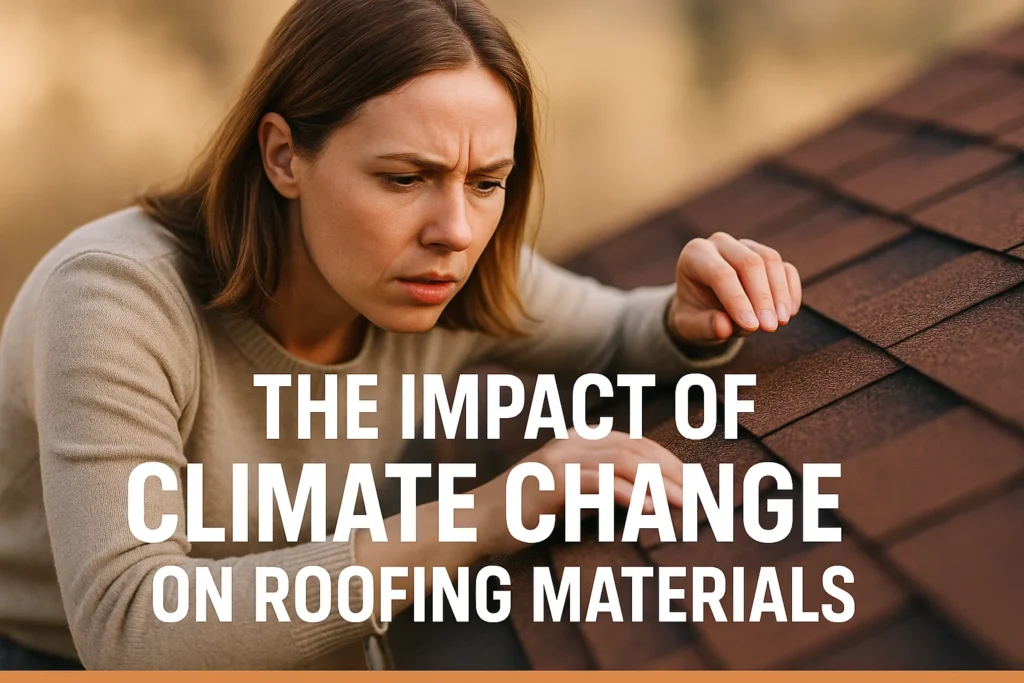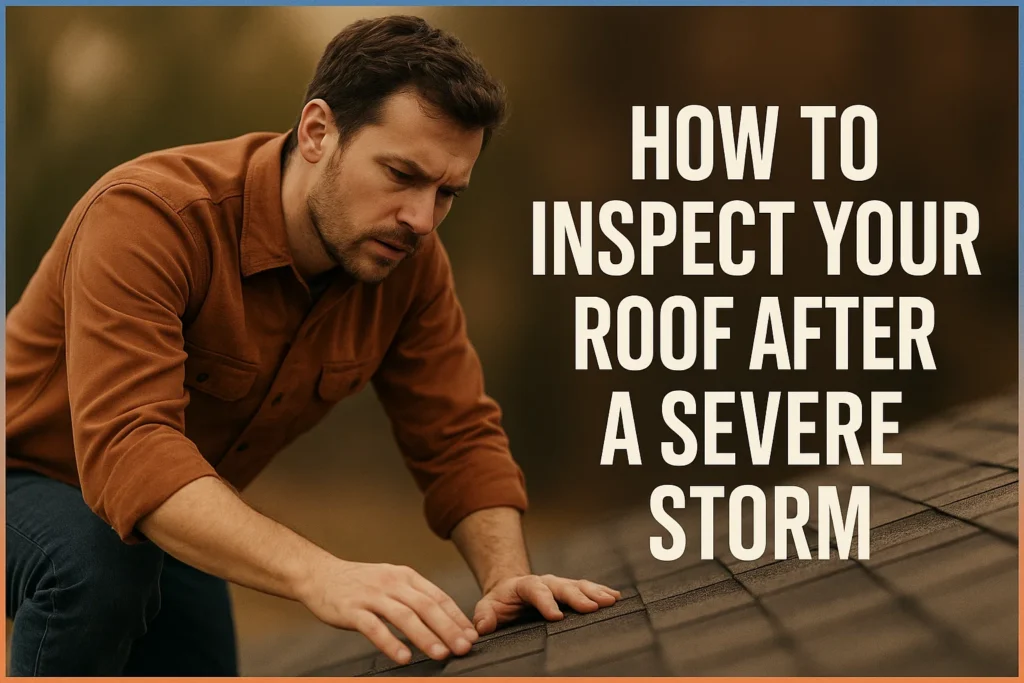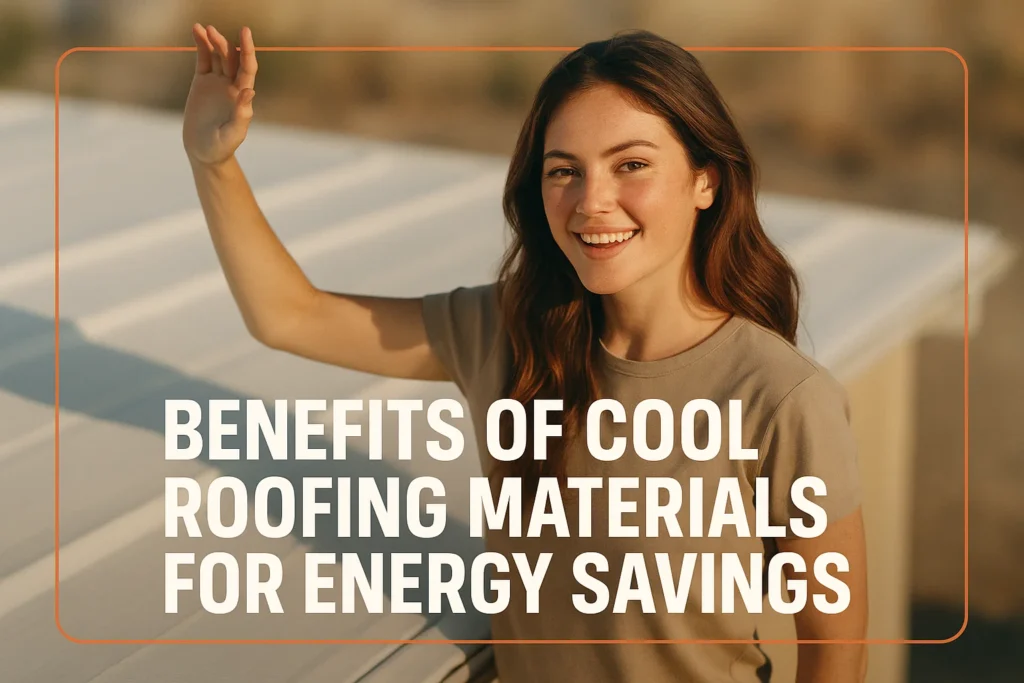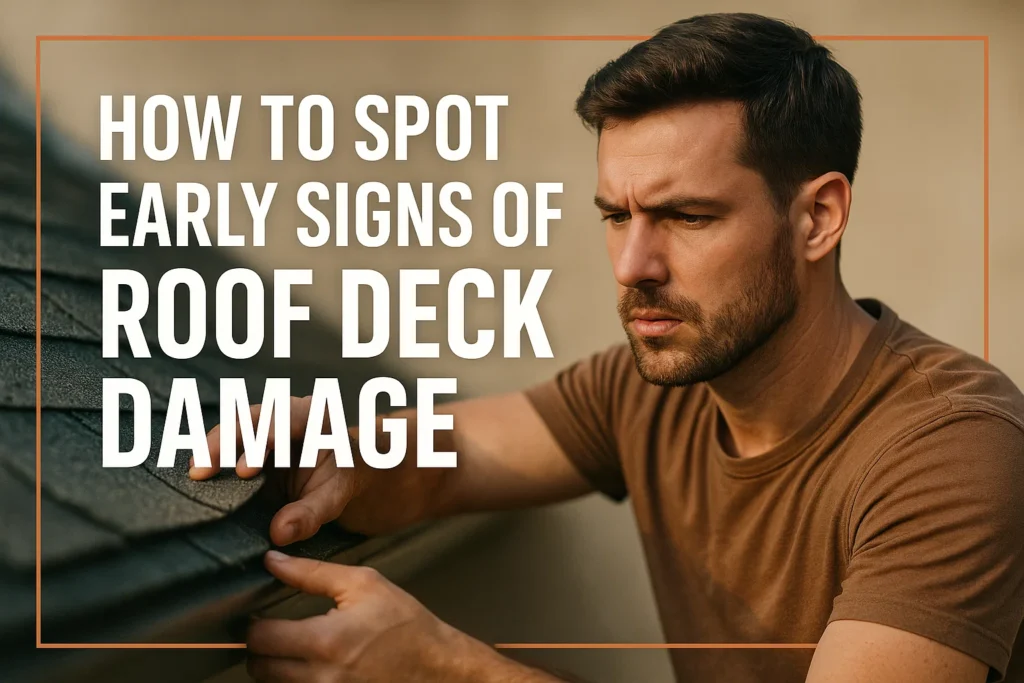One of the most dangerous home maintenance exercises has always been climbing up a roof. Regardless of whether it is inspection of storm damage, leaks, or old shingles, conventional roof inspection requires the use of ladders, safety harnesses, and much risk. To add to that, inspections require hours to be completed and even fail to pick up minor problems that cannot be observed on the ground.
But times are changing. As a result of the development of drone technology, the inspection of the roofs is now quicker, safer, and much more detailed. Drones are able to give clear aerial shots, take high-resolution photographs and even create 3D maps of house roofs. Not only does this shift change the manner in which contractors and inspectors operate, it is also saving time and money to the homeowners and insurance companies.
Introduction: The New Age of Roof Inspections
Traditional Methods vs. Drone Technology
Conventional roof inspections involved climbing on the roof and walking up and down slender surfaces and inspecting the roof visually to ascertain the presence of damage. This technique was both hazardous, time-taking and occasionally weather constrained. Drones also enable an inspector to fly over the house and take detailed images without having to step on the roof.
Why the Roofing Industry Is Embracing Drones
The use of drones by roofing installation companies is due to the reduction of liability, enhancement of precision, and the ability to impress customers with the use of detailed digital reports. Drones are also reducing the amount of labor needed to conduct inspections, which is less expensive to homeowners.
Benefits for Homeowners, Inspectors, and Insurance Companies
Everyone wins with drones. House owners acquire safer and faster inspections. The inspectors obtain access to the effective tools available to enhance their work. Insurance companies can have quality evidence that can help to process claims faster and with accuracy.
How Drone Roof Inspections Work
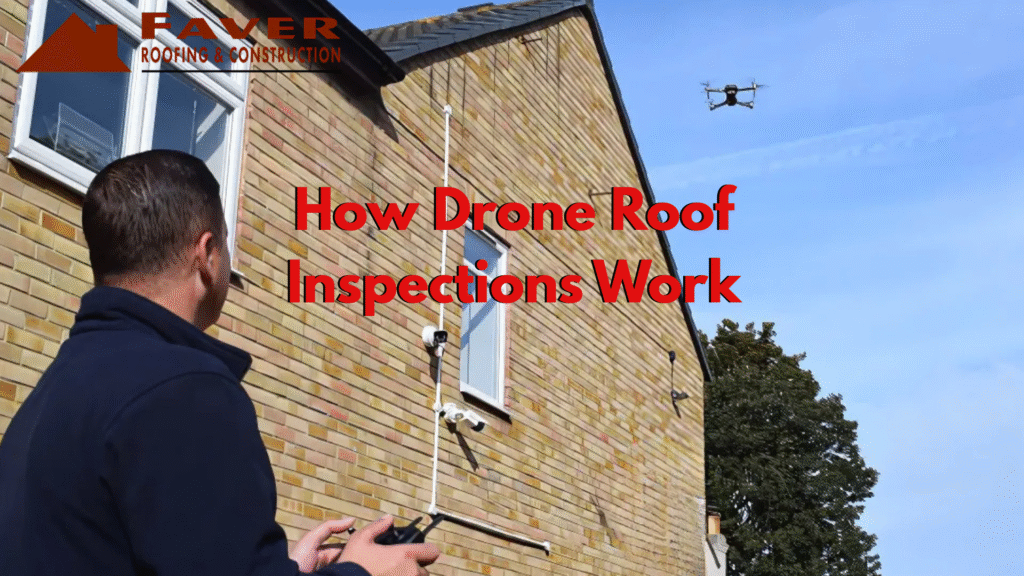
Equipment Used in Drone Assessments
Drones are used by professional inspectors that contain high resolution cameras, thermal imaging cameras and GPS. These characteristics enable them to identify the loss of heat, water penetration, and small cracks that cannot be seen by the human being.
Flight Planning and Data Capture Process
Inspectors will have a route that they intend to follow before flying that all angles of the roof are covered. The drone then takes photos and videos in a systematic manner, which does not leave any area out. Certain drones even have set flight paths to be followed.
Types of Drones Commonly Used in Roofing
Quadcopters are the most favored ones as they are stable. Certain high-tech models, such as the ones by DJI or Parrot, are constructed with a specific purpose, that is, industrial and construction use, which has higher quality images and longer airtime.
Key Benefits of Drone-Based Roof Inspections
Enhanced Safety by Reducing Risky Climbing
Drones will save many accidents and injuries during inspections since they do not have to walk on ladders or fragile roofs.
Faster and More Efficient Assessments
A drone will scan a roof within less than 30 minutes, and the conventional methods might take hours. This pace is particularly useful following the storms when numerous homeowners require inspections.
High-Resolution Imagery and 3D Mapping Capabilities
New drones record 4K videos and detail shots that enable the inspector to zoom in to minor flaws. It is even possible to use some software to create the 3D roof models so that it is easier to plan repairs.
Accurate Measurements and Condition Reports
Drones are capable of measuring the surface area, slope, and dimensions with an extremely high level of precision through the use of aerial mapping. This assists the contractors in making estimates of material requirements and expenses with certainty.
Types of Roof Damage Drones Can Detect
Missing or Damaged Shingles
Cracked and curled (as well as missing) shingles are easy to notice from the above.
Cracks, Leaks, and Water Pooling
Thermal cameras have the capability of showing hot or cold regions, which more often than not are showing possible leaks or pools of water under the surface.
Structural Deformities and Sagging
The drone footage assists in highlighting the portions that look uneven thus indicating a sagging or structural defect.
Storm Damage, Hail Impact, and Debris
Following a storm, hail dents, fallen trees or wind damage can be found within minutes by drones without endangering anyone.
Drone Inspections and Insurance Claims
Speeding Up Documentation and Claim Processing
Drones are also utilized to provide rapid and transparent evidence, thereby accelerating insurance claims and enabling homeowners to initiate repair much sooner.
Providing Visual Proof for Insurance Adjusters
The drone images are of high resolution and therefore leave very little to argue about. The damage is easily visible to adjusters and this minimizes back and forth arguments.
Helping Homeowners Avoid Disputes
Drones have time-stamped and geo-tagged images hence offer reliable records that can guarantee homeowners do not lose claims.
Limitations and Considerations
Weather and Wind Conditions
Powerful wind, precipitation, or snow may restrict the capacity of a drone to fly safely. The best days where inspections have to be made are clear and calm.
Legal Restrictions and FAA Regulations
The FAA regulates the use of drones. The inspectors are required to be licensed and adhere to regulations regarding the height of flights, no fly zones and privacy issues.
When a Manual Inspection May Still Be Necessary
Certainly, in certain instances, such as the attic insulation inspection or the evaluation of the interior leaks, a manual look is still necessary to supplement the drone results.
Professional vs. DIY Drone Inspections
Should You Hire a Certified Drone Operator?
Using an expert makes the difference that the rules are met and the outcomes are of a high quality. Drone pilots are certified and trained to appropriately capture the right angles and analyze the information.
Risks and Challenges of Flying Drones Yourself
Consumer drones exist, but when operated without training, the performance can be quite poor–or possibly even disastrous. Also, it may be unlawful to fly drones commercially without a license.
What to Look for in a Drone Inspection Service
Select a business that has licensed operators, professional qualities equipment and familiarity in roof evaluations. Request sample reports to hire.
The Future of Drone Technology in Roofing
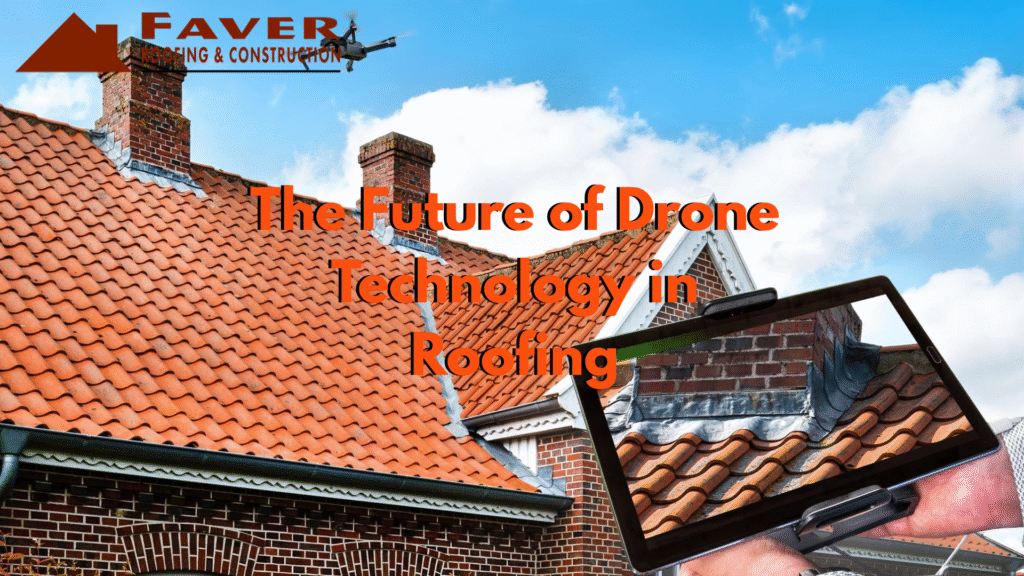
Advancements in AI and Automated Reporting
Even smarter inspections are being done by AI where drone shots are automatically inspected to pick cracks, rust, and missing shingles.
Integration With Roofing Software Platforms
The inspection data may now be synchronized with the project management programs to assist the contractors in simplifying the repair estimates and monitoring the maintenance.
Growing Adoption in Residential and Commercial Sectors
With technology becoming more affordable, drones are increasingly being applied on homes as well as on large commercial buildings, warehouses and even apartment complexes.
Benefits, Tips, and Strategies for Homeowners
- Schedule Regular Inspections – Have drones inspect your roof at least once a year and once after a big storm.
- Combine Drone and Manual Methods – As drones inspect exterior, manual inspections can be used to examine attic or interior indications of leaks.
- Ask for Detailed Reports – You should ensure that your inspector sends you photos and descriptions of the results.
- Choose Certified Operators – Only use an inspector who is certified by the FAA to provide valid and trustworthy service.
FAQs
Yes. They also remove the risk of having the inspector walk on dangerously precarious roofs, which causes accidents.
Prices will differ but are usually between 150 and 400 according to the size and complexity of the roof.
Drones can be used to identify the signs of the presence of pooling water or heat loss, but certain leaks still might need to be inspected inside.
Yes. Drones photos and videos are all accepted by most insurers as legitimate claim evidence.
The majority of the inspections require less than an hour, flight and report generating.
Conclusion
Drone technology is changing the roof inspections. Drones are changing the face of roofing care by enhancing the security, accelerating the evaluation, and offering unrivaled detail. It puts the homeowners at ease knowing that their roofs are well inspected without the dangers of the conventional ways.
Drones are smarter and safer than a traditional roof assessment because you can use them to file an insurance claim, perform pre-repair preparation, or just take a look at your home.
To explore more about safe and modern roof inspections, visit Faver Roofing & Construction. Let their team show you how drone technology can keep your home protected, efficient, and worry-free.


